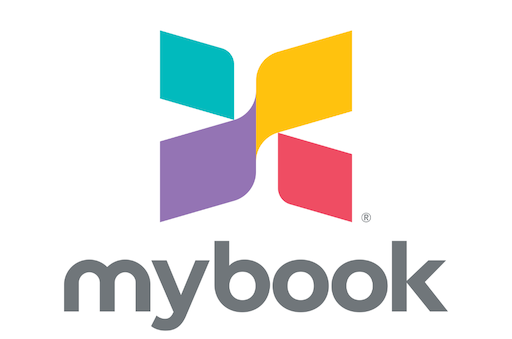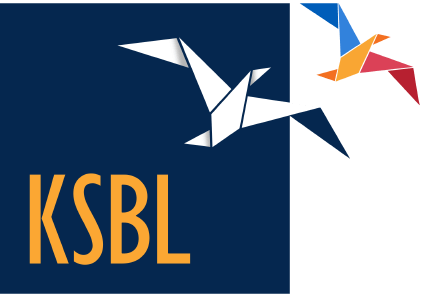SaaS marketing share, who wants to lose it? No one. With this guide, I’ll put forward some methods that you can utilize to put the break on your market share erosion and keep it sweet and increasing.
Your LTV, TCV and all other flavorful metrhics will be in your favor if you do things right.
Well, like you agree, that, in today’s highly competitive SaaS market, retaining market share is getting difficult to sustain success.
New SaaS apps are popping up everyday. You need to do something.
I’d try my best, but If you can’t find the meaningful knowledge you were looking for, then, I am always available for a free call, schedule it and you might get your pearls of wisdom.
There are multiple strings you can pull to start gaining marketshare, but my focus here will be the string of digital marketing. One of the most strongest pillar in SaaS madness.
Here are 30 meticulous digital marketing strategies to prevent the loss of SaaS market share in a saturated market:
Customer Retention Campaigns:
Develop targeted email campaigns and in-app messages to nurture existing customers, encourage renewals, and reduce churn rates.
Personalized Onboarding Experience:
Tailor the onboarding process for new users based on their specific needs and goals to improve product adoption and retention.
Referral Programs:
Incentivize satisfied customers to refer new users by offering discounts, credits, or other rewards for successful referrals.
Product Education Resources:
Provide comprehensive tutorials, knowledge bases, and webinars to educate users on product features, best practices, and use cases.
Continuous Product Improvement:
Gather feedback from customers through surveys, user testing, and support interactions to identify areas for product enhancement and innovation.
Social Proof and Testimonials:
Showcase customer success stories, case studies, and testimonials to build credibility and trust with potential buyers.
Strategic Pricing and Packaging:
Review pricing plans and packaging options to ensure they align with market trends, customer preferences, and value proposition.
Content Marketing Strategy:
Develop high-quality blog posts, eBooks, and whitepapers that address common pain points and provide valuable insights for your target audience.
SEO Optimization:
Optimize website content, meta tags, and backlinks to improve organic search visibility and attract qualified traffic.
PPC Advertising Campaigns:
Launch targeted PPC campaigns on platforms like Google Ads and LinkedIn Ads to increase brand awareness, drive website traffic, and generate leads.
Webinars and Online Events:
Host educational webinars, workshops, or virtual events to engage prospects, showcase thought leadership, and generate leads.
Customer Feedback and Surveys:
Solicit feedback from customers through surveys, polls, and feedback forms to identify areas for improvement and address customer needs.
Partnership Collaborations:
Forge strategic partnerships with complementary businesses or industry influencers to co-market products and expand reach.
Account-Based Marketing (ABM):
Develop personalized marketing campaigns and messaging tailored to specific target accounts or high-value prospects.
AI-Powered Chatbots:
Implement AI-powered chatbots on your website to engage visitors, provide real-time support, and capture valuable lead information.
Email Marketing Automation:
Set up automated email workflows to deliver targeted content, nurture leads, and re-engage inactive users.
Social Media Engagement:
Build a strong presence on relevant social media platforms and engage with your audience through organic and paid content.
Customer Success Programs:
Establish proactive customer success programs to onboard, train, and support customers throughout their lifecycle.
Competitive Analysis:
Conduct regular competitive analysis to identify strengths, weaknesses, and opportunities in the market, and adjust marketing strategies accordingly.
User Experience (UX) Optimization:
Continuously optimize the UIUX of your website and app to ensure easy navigation, fast loading times, and intuitive design.
Mobile Optimization:
Ensure your website and app are fully optimized for mobile devices to provide a seamless user experience for mobile users.
Localized Marketing Initiatives:
Tailor marketing campaigns, content, and messaging to specific geographic regions or target markets to address local preferences and needs.
Conversion Rate Optimization (CRO):
This is my favorite. Test and optimize website design, landing pages, and conversion funnels to improve conversion rates and maximize ROI.
Customer Advocacy Programs:
Mobilize satisfied customers to become brand advocates and champions by recognizing their loyalty and incentivizing referrals.
Data-Driven Decision Making:
Utilize analytics and data insights to track key metrics, measure campaign performance, and make informed marketing decisions.
Thought Leadership Content:
Publish thought leadership content, research reports, and industry insights to establish your brand as a trusted authority in the SaaS industry.
Customer Relationship Management (CRM):
Implement a CRM system to manage customer interactions, track leads, and nurture relationships throughout the sales cycle.
Influencer Marketing Collaborations:
Partner with industry influencers or thought leaders to amplify your brand message, reach new audiences, and drive engagement.
Cross-Sell and Upsell Opportunities:
Identify opportunities to cross-sell or upsell existing customers on additional products or features to increase customer lifetime value.
Continuous Monitoring and Optimization:
Monitor market trends, customer feedback, and competitive landscape regularly, and adapt your digital marketing strategies accordingly to stay ahead of the competition.
If you are successful in implementing these 30 meticulous digital marketing strategies can help SaaS companies safeguard their market share and thrive in a competitive landscape.
Stay Updated, Follow me on Social Media:











